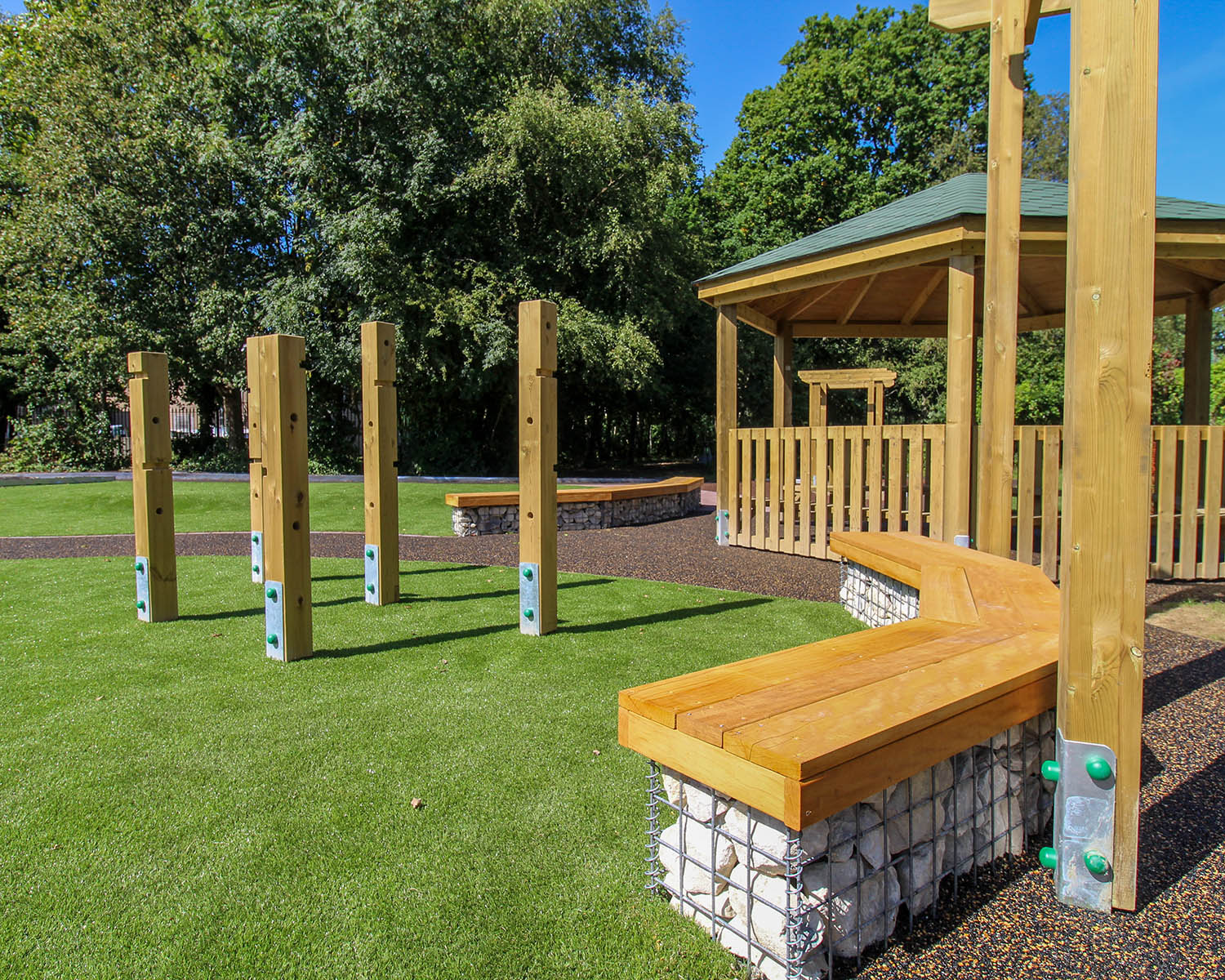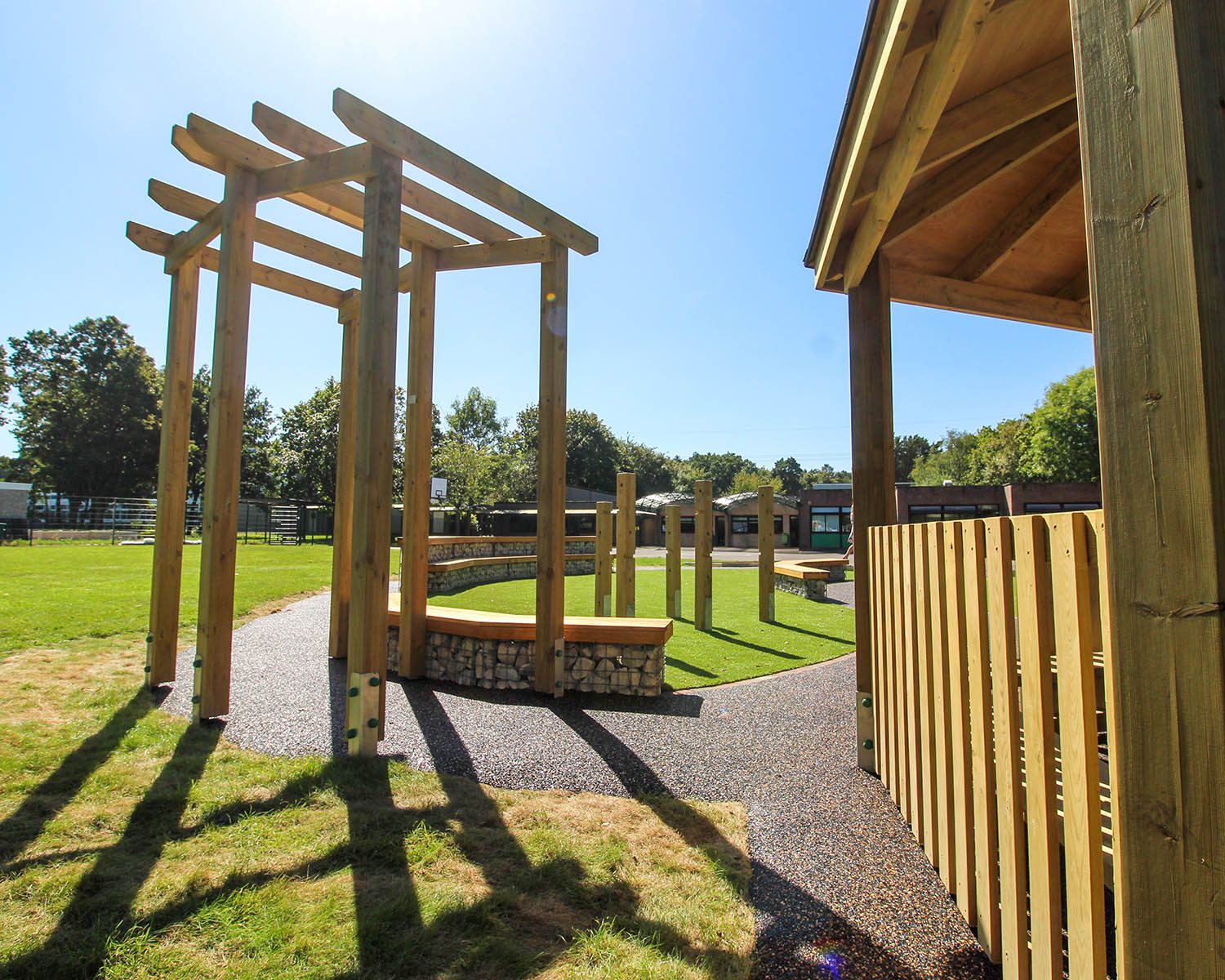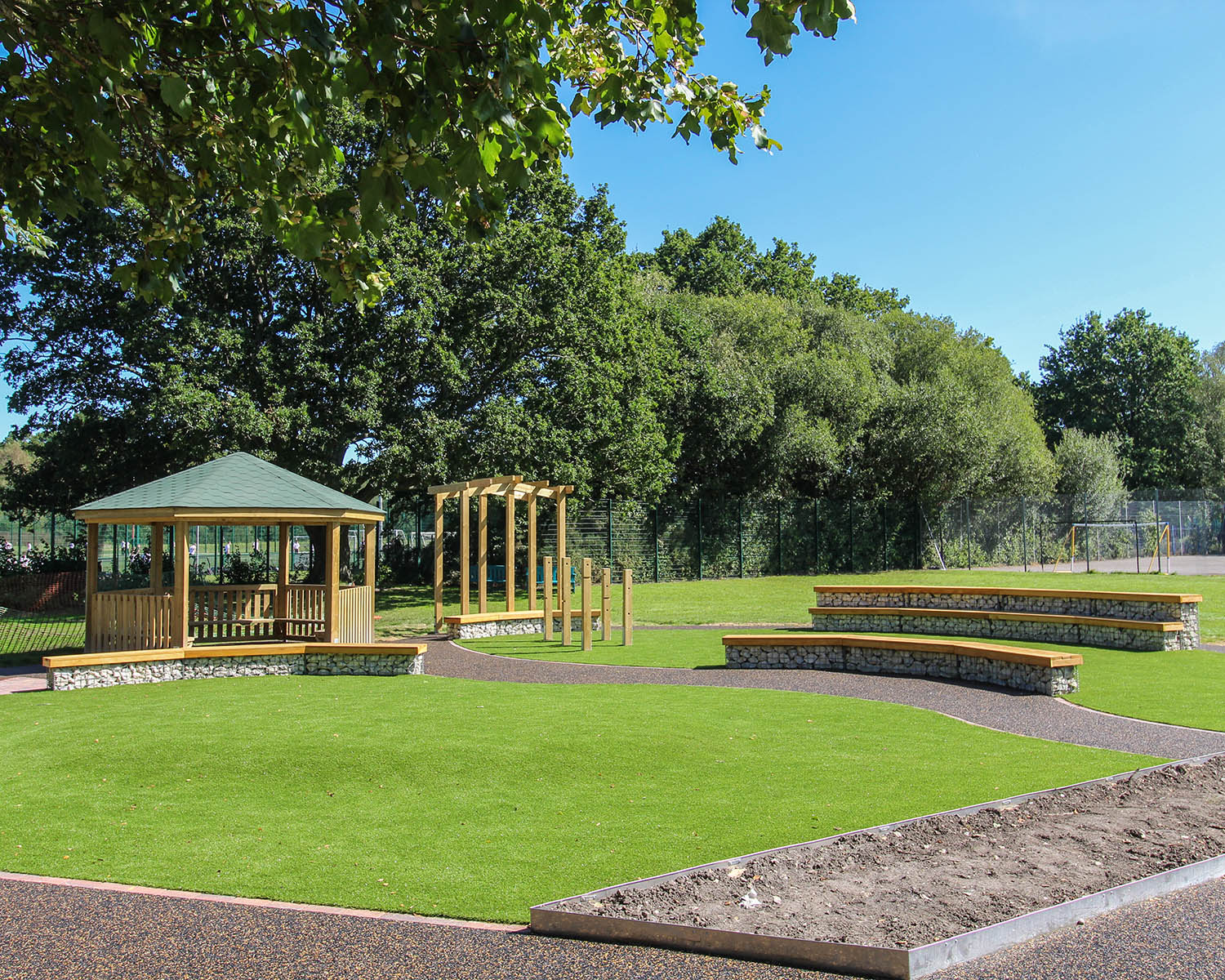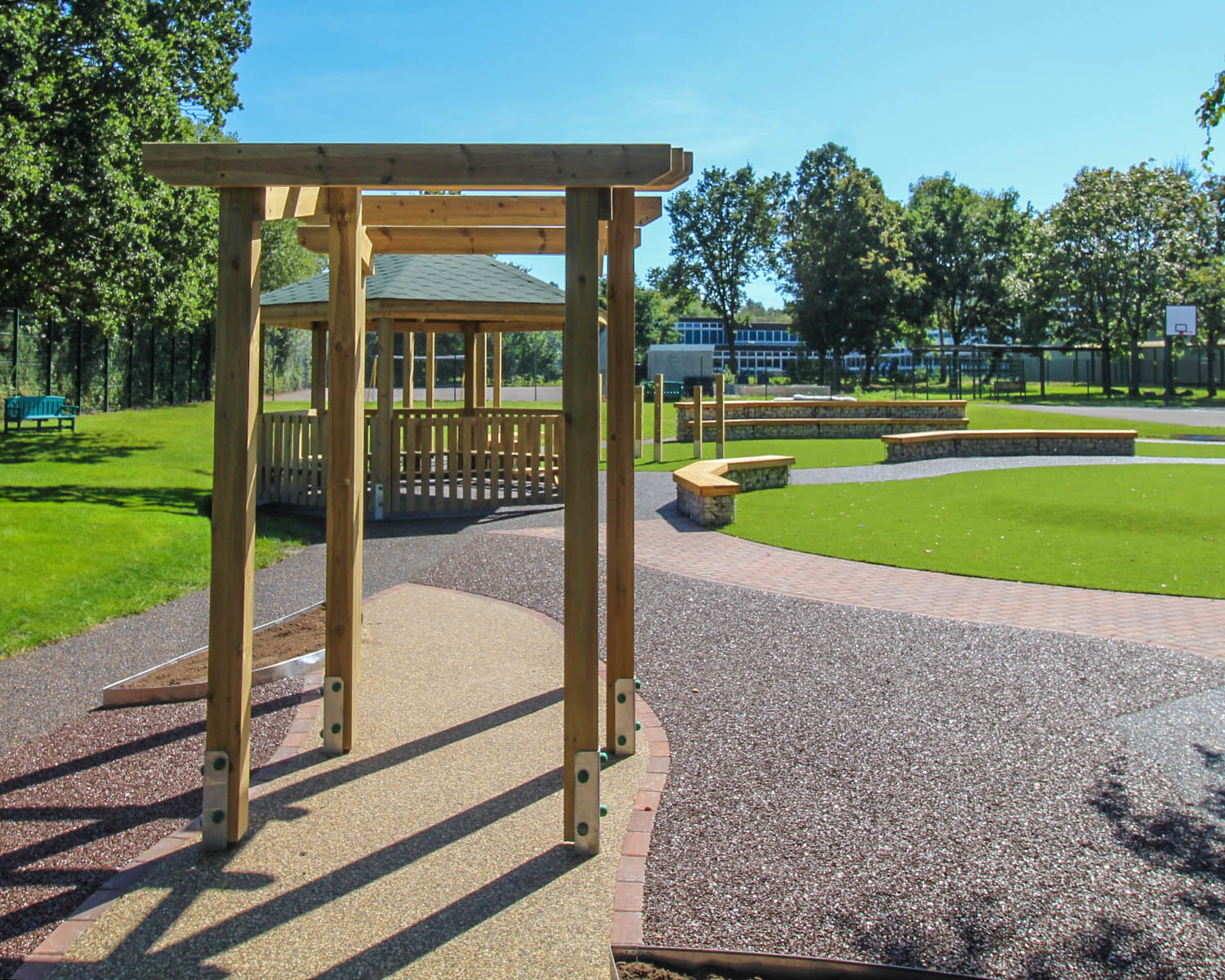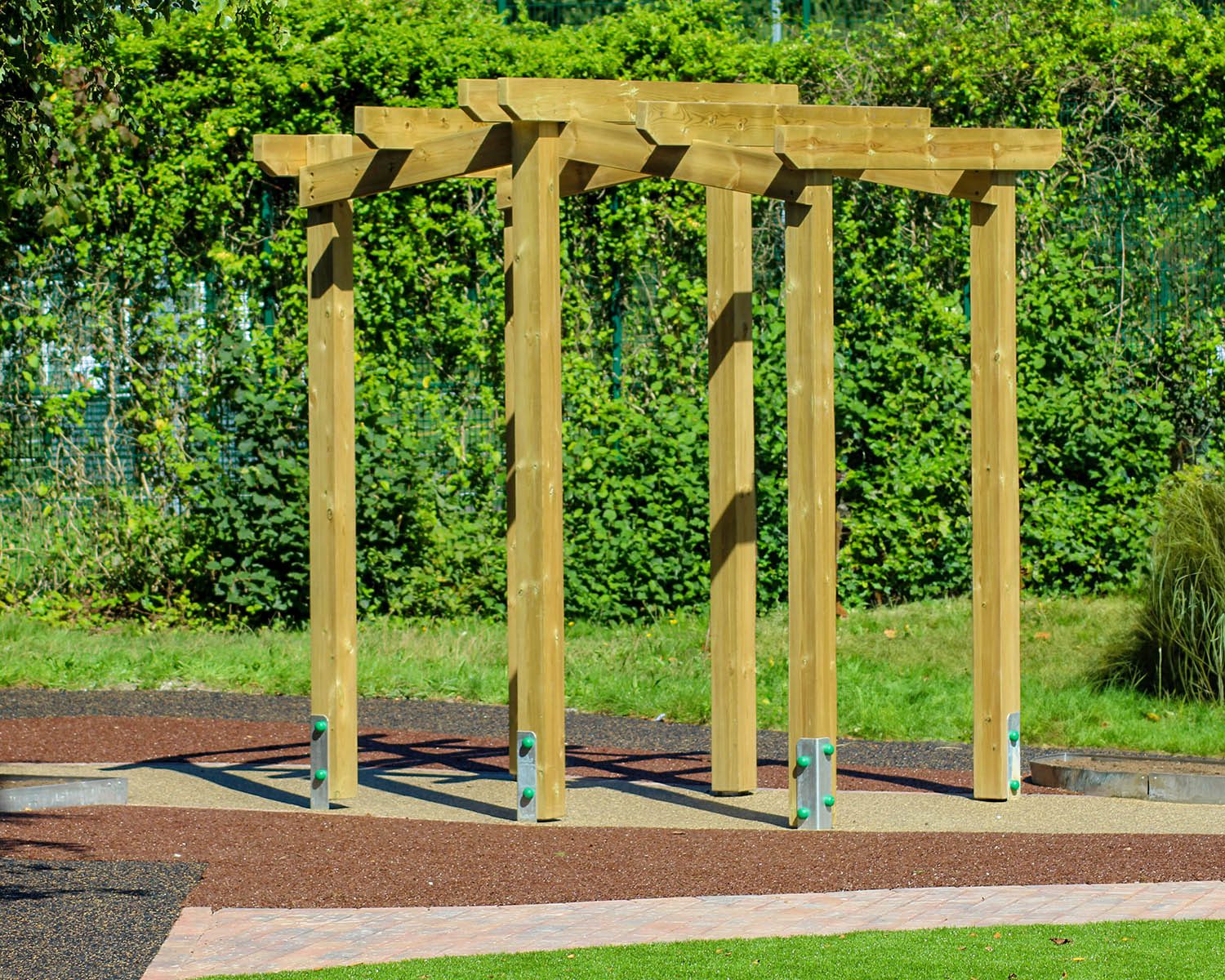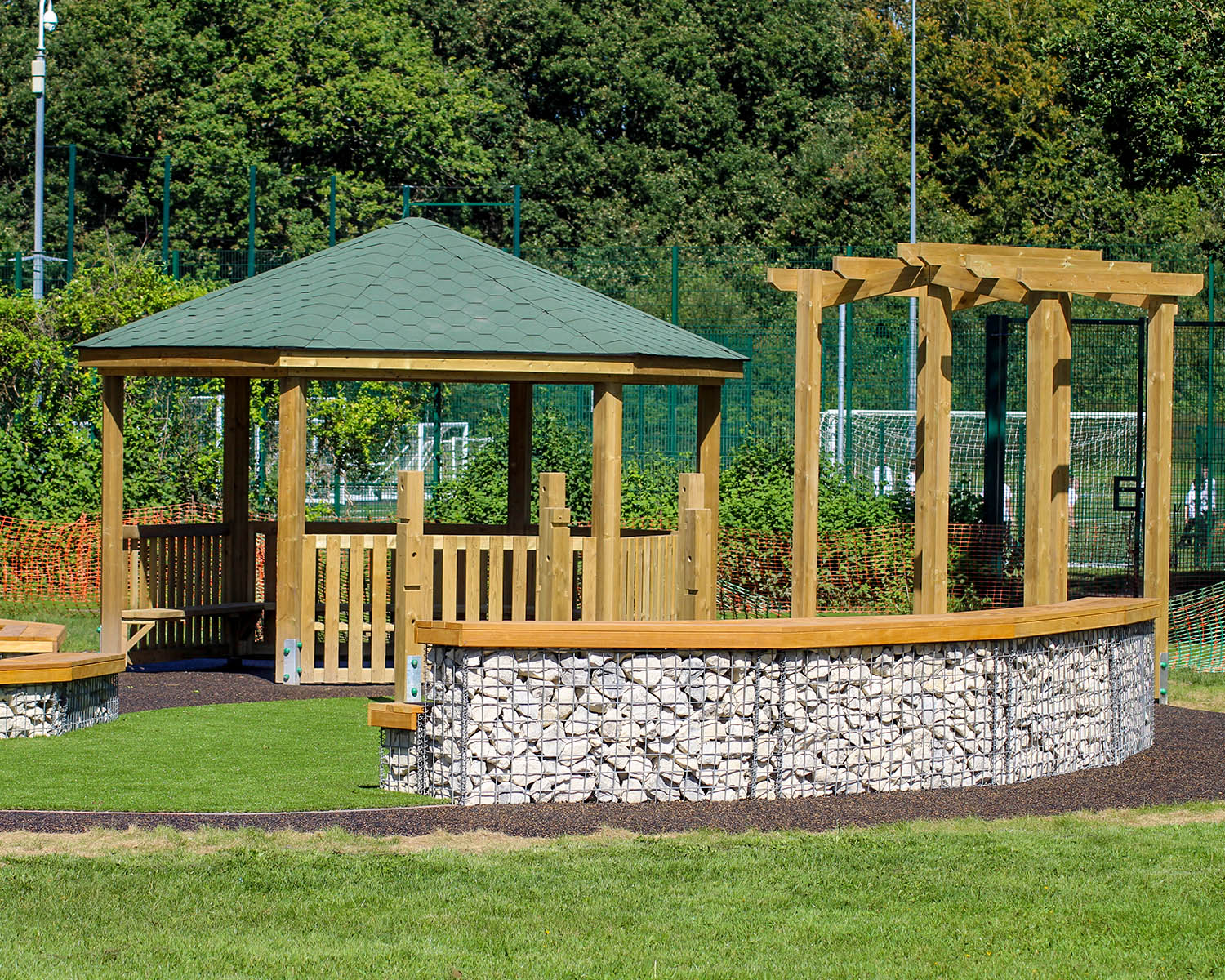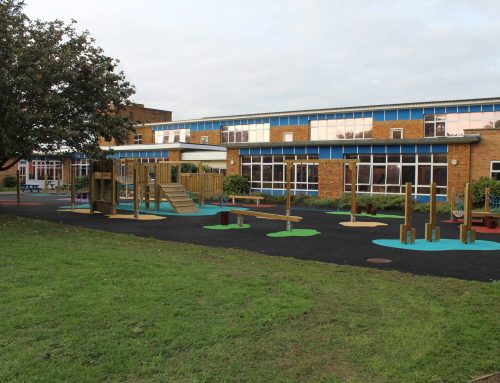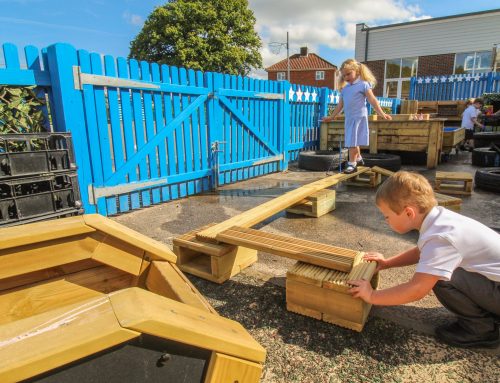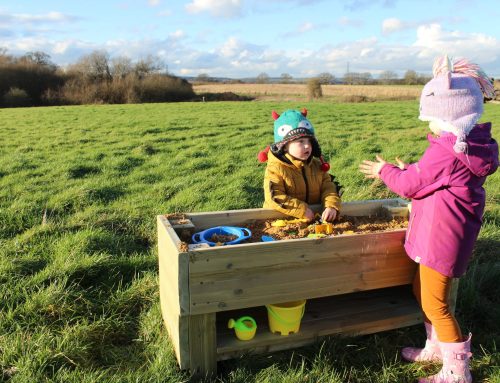Secondary education is a pivotal time in a student’s life, marked by academic growth and personal challenges. To support holistic development, educators are turning to sensory gardens as an innovative approach. In this blog, we’ll explore how these sensory-rich environments benefit students’ well-being and academic performance.
Key Benefits of Sensory Gardens:
- Stress Reduction: The transition to secondary school can be stressful. Sensory gardens offer a peaceful retreat where students can relax and unwind. The natural environment and soothing scents help reduce stress and promote well-being.
- Improved Focus: Nature has been linked to enhanced concentration and cognitive function. A sensory garden stimulates the mind, helping students regain focus and maintain attention throughout the day.
- Engaging the Senses: Sensory gardens stimulate all five senses, offering experiences like vibrant colours, textured plants, fragrant herbs, and even the sound of rustling leaves. These sensory elements help students engage with their surroundings in a hands-on way.
- Hands-On Learning: Sensory gardens serve as outdoor classrooms, where students can explore plant life cycles, biodiversity, and ecological systems. Caring for the garden provides practical learning opportunities.
- Social Interaction: These communal spaces encourage collaboration. Students can work together on garden projects, fostering teamwork and communication while creating a sense of community.
Practical Design Elements:
- Colourful Plants: Include a variety of plants with different textures, shapes, and colours to engage students visually.
- Fragrant Herbs: Aromatic plants like lavender, mint, or rosemary enhance the sensory experience and create a calming atmosphere.
- Touch and Texture: Create areas where students can explore plants with various textures, from smooth leaves to rough bark.
- Soothing Sounds: Add elements like wind chimes or water features to create a tranquil auditory backdrop.
- Seating Areas: Provide comfortable seating for relaxation and reflection, allowing students to unwind and find inspiration.
Sensory gardens are more than just green spaces—they enrich the secondary school experience by promoting academic growth and emotional well-being. By integrating these spaces into schools, educators foster a holistic environment where students can recharge, collaborate, and thrive in their educational journey.

